The intangible cultural heritage of each nation is not only a precious asset but also a living proof of the identity and soul of that culture. In Vietnam, with the tradition of preserving and promoting long-standing cultural values, intangible cultural heritage is always highly valued and there are increasingly specific efforts in protecting it. In particular, the role of the local community - the cultural subject - is a decisive factor in maintaining and developing heritage values in a sustainable manner. The question is: what should the local community do and what can it do to preserve these intangible cultural heritages in the context of modern society?
Communities are both creators and owners of intangible cultural heritage. They hold knowledge, maintain, practice, and transmit unique cultural features through many generations. This is an important factor in preserving intangible cultural values against the intrusion of modern lifestyles. Local communities can preserve their heritage by continuing to practice their traditional cultural activities as they have for generations. These activities become symbols of culture and are a way to maintain and spread identity, a reminder of the value of heritage to their own lives. Organizing cultural clubs is a way for communities to actively participate in preserving their heritage. Ca tru, Quan ho singing clubs or Central Highlands gong teams are places where heritage lovers gather, giving them the opportunity to learn, exchange, and pass on cultural skills and knowledge. These clubs are often self-sufficient, organized and operated by the people, thereby gradually generating their own funding to maintain their activities. By establishing themselves, studying and teaching within the community, these clubs have contributed significantly to the preservation and development of traditional cultural values.
Bac Ninh Quan Ho folk songs were recognized by UNESCO as an Intangible Cultural Heritage of Humanity. Photo: Collected
One of the essential factors for preserving intangible heritage is the community’s connection with its own heritage. When local people see the value and pride of the heritage they own, they will voluntarily protect and continue the heritage for future generations. As in the case of Ca Tru singing in Bac Giang or Quan Ho Bac Ninh, it is the consensus and determination of the community that has helped these heritages not only survive but also thrive. They actively participate in conservation, teaching, and performance activities, and organize activities to remind and acknowledge the cultural values of their own.
Museums are effective ways to connect communities with their heritage. Local communities can work with museums to showcase their heritage through exhibitions or display unique artifacts. Some international museums have adopted this approach, such as the Anacostia Community Museum in Washington, where local people are directly involved in the process of conceptualizing, organizing and telling the story of their own heritage. This approach creates a vivid experience for visitors, while also helping local communities feel proud of their cultural heritage and feel responsible for preserving and promoting it.
Community-based preservation of intangible cultural heritage. Collection
With the rapid development of modern society, some heritage may lose its relevance or become less widely practiced. However, instead of letting the heritage gradually disappear, local communities can choose to transform and adapt, such as organizing royal court music performances for tourists, while maintaining traditional ceremonies to preserve the originality. Flexibility in conservation allows heritage to be preserved and continue to develop in ways that are suitable for modern life.
Local communities can do a lot to preserve intangible cultural heritage, from practicing, teaching, organizing community activities and cooperating with museums. In this process, awareness of heritage values and community pride are decisive factors, helping cultural heritage to exist sustainably and vividly, becoming a valuable resource for the development of national culture. With support from the government and social organizations, local communities will continue to contribute to protecting and spreading intangible cultural values, so that heritage is always a source of pride, a link between the past and the future, between tradition and modernity.


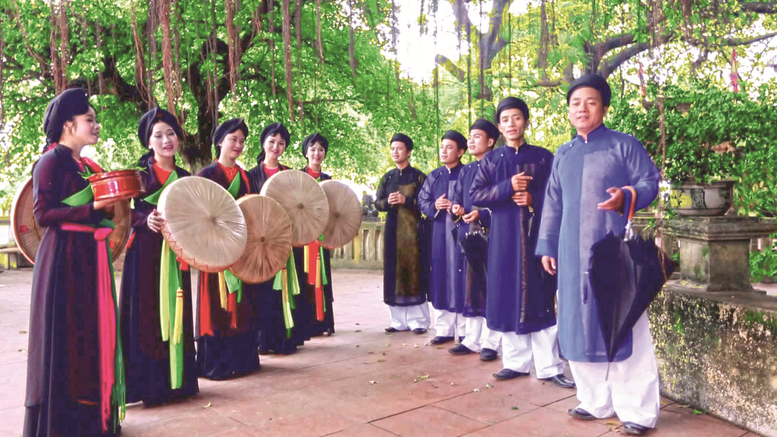
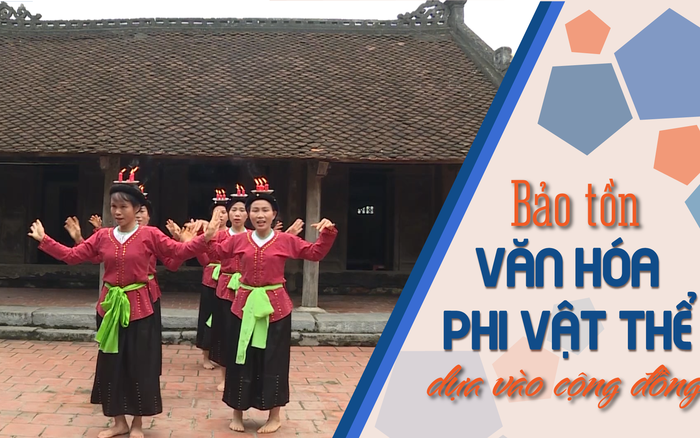



![[Photo] "Exposing letters" in the flood center of Lang Son](https://vphoto.vietnam.vn/thumb/1200x675/vietnam/resource/IMAGE/2025/10/10/1760080117518_ndo_br_z7101324112737-07cd4d1c01801a8ccf4ae0cbaf31c4a3-507-jpg.webp)
![[Photo] Unique Phu Gia horse hat weaving craft](https://vphoto.vietnam.vn/thumb/1200x675/vietnam/resource/IMAGE/2025/10/10/1760084018320_ndo_br_01-jpg.webp)
![[Photo] Ho Chi Minh City is brilliant with flags and flowers on the eve of the 1st Party Congress, term 2025-2030](https://vphoto.vietnam.vn/thumb/1200x675/vietnam/resource/IMAGE/2025/10/10/1760102923219_ndo_br_thiet-ke-chua-co-ten-43-png.webp)


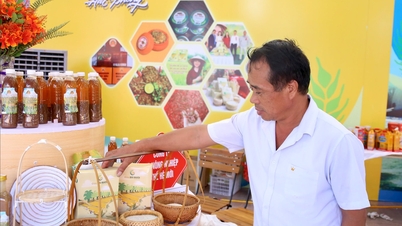





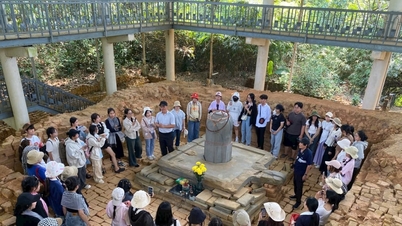


















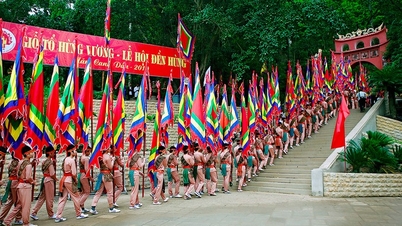
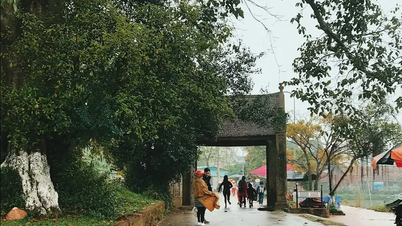
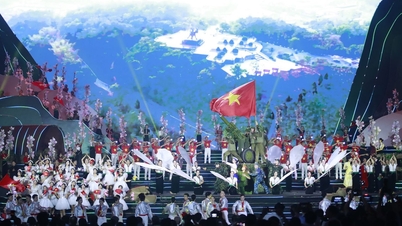
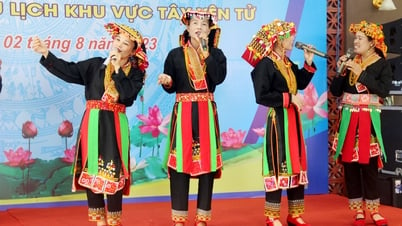
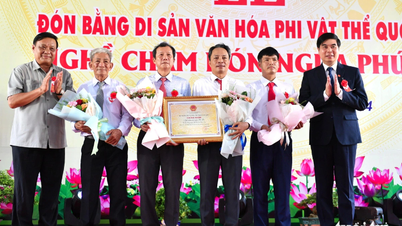














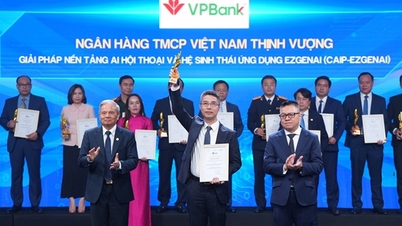













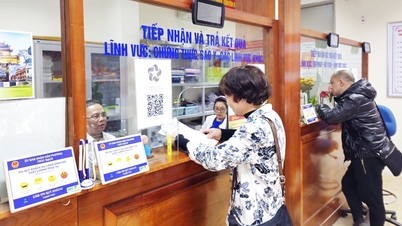




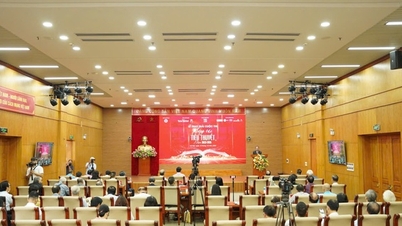
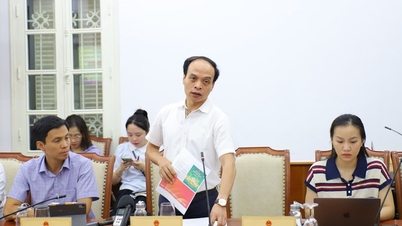







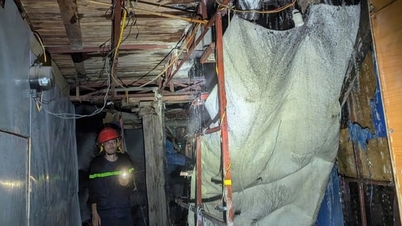



















Comment (0)